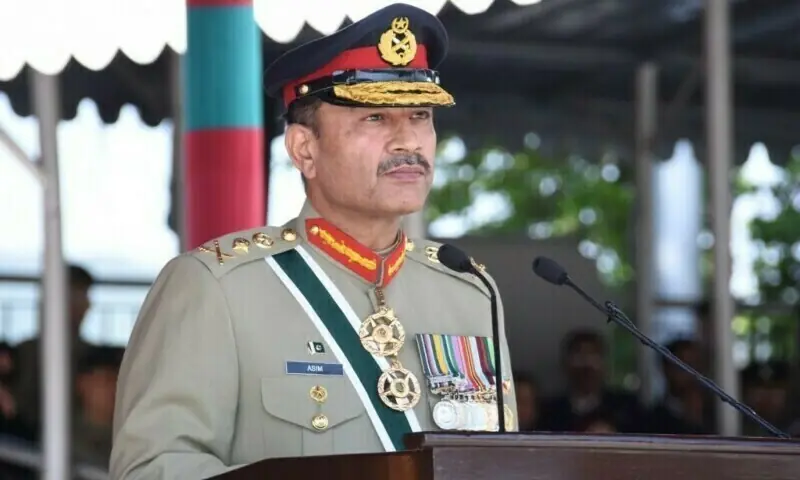Article 243 overhaul marks a leap towards military centralisation and consolidation of uniformed supremacy.
Listen to article 1x 1.2x 1.5x
The proposed 27th Constitutional Amendment, which would overhaul Article 243 and recast Pakistan’s military command hierarchy, is the most ambitious restructuring effort in decades and perhaps the most contentious as it collides with entrenched institutional cultures and the fragile equilibrium between civilian and military power.
Its implementation may prove far more difficult than its drafters imagine. The plan collides with entrenched institutional cultures, long-standing inter-service rivalries, and the delicate balance between civilian oversight and military autonomy that has, at least in theory, defined Pakistan’s power structure since 1973.
At the heart of the bill lies the deceptively simple premise of modernising defence coordination by creating a Chief of Defence Forces (CDF) and abolishing the office of the Chairman Joint Chiefs of Staff Committee (CJCSC).
But in practice, the reform would elevate the army chief to a constitutionally enshrined position of supremacy — combining operational command with overarching control of all services.
Article 243 overhaul marks a leap towards military centralisation and consolidation of uniformed supremacy
For over four decades,
Continue Reading on Dawn
This preview shows approximately 15% of the article. Read the full story on the publisher's website to support quality journalism.
